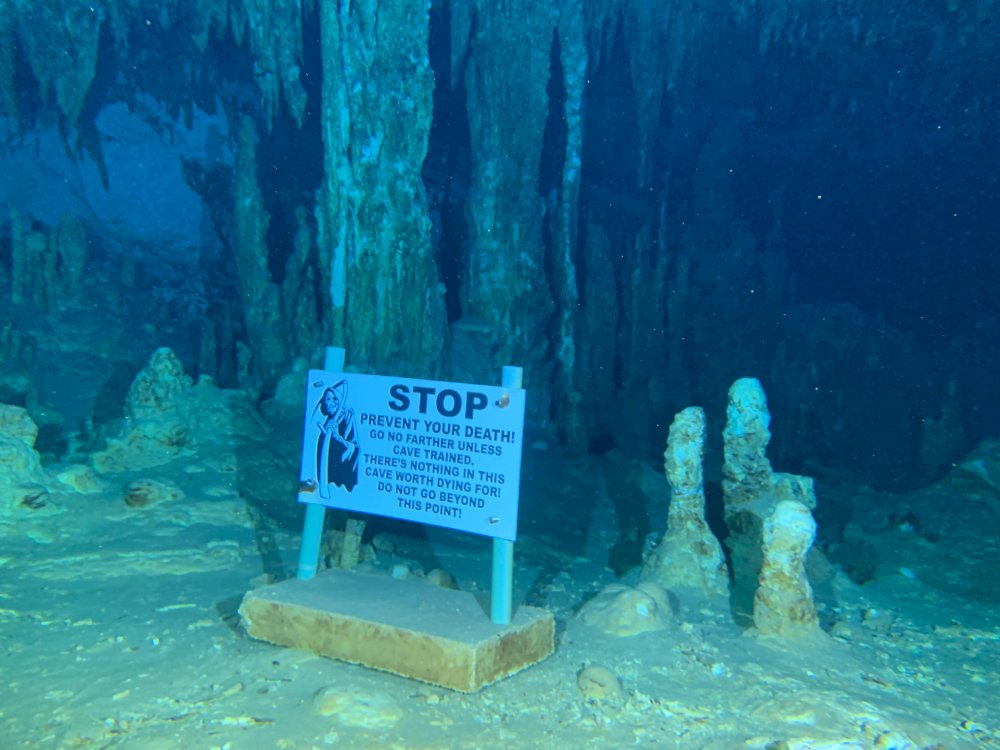Caving, also known as spelunking, is an adventure that takes you deep into the earth, exploring hidden passages and discovering stunning underground landscapes. But how dangerous is caving? It’s a question many ask before they strap on their helmets and dive into the darkness. Caving isn’t just about the thrill; it comes with real risks that need to be understood and respected.
Going into the unknown can be frightening as well as exciting for many adventurers. There can be an intense fear of getting lost, getting hurt, or running into unforeseen difficulties. Recognizing that these concerns are legitimate is the first step toward making the experience safer. Being aware of the risks is essential whether you’re a novice caver or someone who is thinking about giving it a try.
But resist the urge to let fear stop you. Caving can be a very safe and rewarding experience if you go into it prepared, knowledgeable, and with a healthy respect for the environment. Let’s look at some ways to reduce these risks so you can enjoy the experience without needless anxiety.
The Dangers of Caving: What You Need to Know
Caving is not a simple pastime. It entails making your way through dim, cramped passageways, scaling precarious rock formations, and occasionally wading through underground rivers. The location of the cave, the weather, and even the group’s level of experience can all affect the environment’s unpredictability and range of hazards.
Physical Hazards
The physical risk associated with caving is one of the most obvious dangers. Falls, trips, and slips happen frequently, particularly in muddy or wet environments. Because of the uneven nature of the rocky terrain, even a small misstep can result in serious injuries. Furthermore, even in the summer, caves can be quite chilly and damp, increasing the risk of hypothermia. These risks can be greatly decreased by wearing the appropriate clothing and making physical preparations.
Psychological Challenges
Additionally, caving can be mentally taxing. The eerie silence, cramped quarters, and darkness can all cause panic attacks, anxiety, and claustrophobia. In a cave, it’s normal for people to experience disorientation or lose sense of time. Just as vital as physical preparation is mental readiness and self-awareness.
Environmental Risks
Caves can have unstable environments and are delicate ecosystems. There are significant risks from rockfalls, unstable formations, and flash floods. Safety within the cave may also be impacted by external weather conditions. Never enter a cave if there is a chance of flooding, and always check the weather forecast before leaving.

So how Dangerous is Caving?
Although it doesn’t always result in death, caving can be dangerous. Many of the risks related to caving can be avoided with the right planning, education, and consideration for the surrounding area. Reducing risks requires a thorough understanding of the cave system, appropriate equipment use, and a well-thought-out plan.
Step-by-Step Guide to Safe Caving
- Plan Your Trip Carefully
- Research the cave you plan to explore.
- Check the weather forecast.
- Inform someone about your plans, including your expected return time.
- Get the Right Gear
- Wear a helmet with a reliable light source.
- Dress in layers and wear waterproof clothing.
- Bring extra batteries, a first-aid kit, and a map of the cave.
- Go with Experienced Cavers
- Never go caving alone.
- Join a group with experienced leaders who know the cave system.
- Communicate clearly with your team.
- Stay Calm and Focused
- If you feel anxious or scared, stop and take deep breaths.
- Stick to the planned route and avoid taking unnecessary risks.
- Listen to your body and take breaks when needed.
- Respect the Cave Environment
- Don’t touch or disturb cave formations.
- Avoid leaving trash behind.
- Be mindful of the wildlife that may live in the cave.
By following these steps, you can reduce the dangers of caving and focus on the awe-inspiring beauty that lies beneath the surface.
Caving Gear Essentials: Your Ultimate Guide to Safe and Enjoyable Adventures.
You Might Like to Know
How common are caving accidents?
Caving accidents are relatively rare but can be severe when they occur. Most accidents happen due to a lack of preparation or failure to follow safety guidelines. Experienced cavers who plan their trips carefully and use proper gear significantly reduce the risk of accidents.
Is caving the worst sport?
Caving is often misunderstood. While it has its risks, it’s not the “worst” sport. Like any adventure activity, it comes with challenges, but for those who love exploring the unknown, the rewards far outweigh the dangers. Proper training and preparation make a huge difference.
Why is caving scary?
Caving can be scary due to the darkness, confined spaces, and the unknown elements of the underground environment. The fear of getting lost or encountering unexpected dangers adds to the anxiety. However, overcoming these fears can lead to a deeply rewarding experience.
What is the scariest cave in the world?
There are many caves around the world known for their eerie atmosphere and challenging conditions. One of the scariest is the Gouffre Berger in France, famous for its deep, dark passages and the challenges it poses even to experienced cavers.
What underwater cave has the most deaths?
The Blue Hole in Dahab, Egypt, is one of the most dangerous underwater caves, with many recorded fatalities. Its deceptive beauty hides treacherous currents and tight passages that have claimed the lives of many divers.
How scary is cave diving?
Cave diving is considered one of the most dangerous forms of diving due to the confined spaces, lack of light, and the need for advanced diving skills. It can be terrifying for those who aren’t fully prepared or trained.
Are underwater caves safe?
Underwater caves can be safe when explored by trained and experienced divers who follow strict safety protocols. However, they pose significant risks to those who are unprepared or lack the proper training.
Can you breathe in underwater caves?
In underwater caves, divers rely on their scuba equipment to breathe. The air in the cave pockets can be breathable, but it’s often stale or contains high levels of carbon dioxide, making it unsafe to rely on without proper gear.
How long can cave divers stay underwater?
The duration cave divers can stay underwater depends on several factors, including their air supply, depth, and experience level. Most cave dives are planned carefully to ensure divers return to the surface with a safe margin of air.
Conclusion
So, how dangerous is caving? It’s a thrilling yet challenging activity that carries risks, but with the right preparation, knowledge, and respect for the cave environment, those risks can be managed. Caving offers a unique opportunity to explore the hidden beauty of our world, and for many, the rewards far outweigh the dangers.
